History
10 Rock Shelters And Cliff Dwellings That Show How Ancient Puebloans Lived
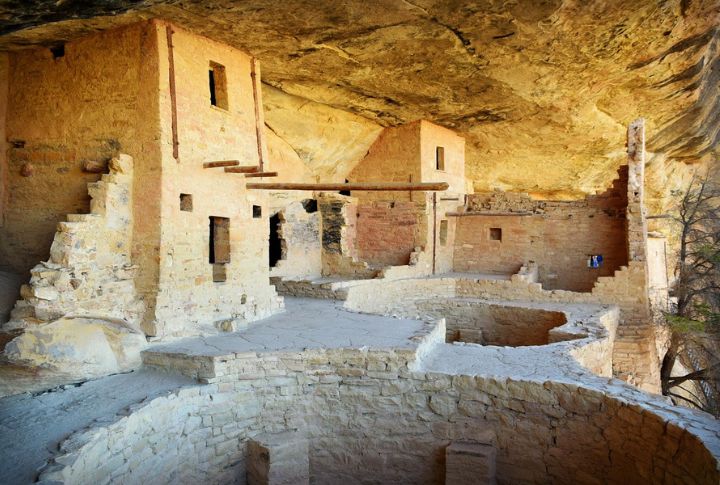
A cliff isn’t the first place most people would choose to build a home. But for ancient Puebloans, it made perfect sense. Shelters carved into rock offered safety and shade. These homes also made them feel connected to the land. Let’s look at ten stone homes that still show how these people lived.
Cliff Palace: Mesa Verde National Park, Colorado
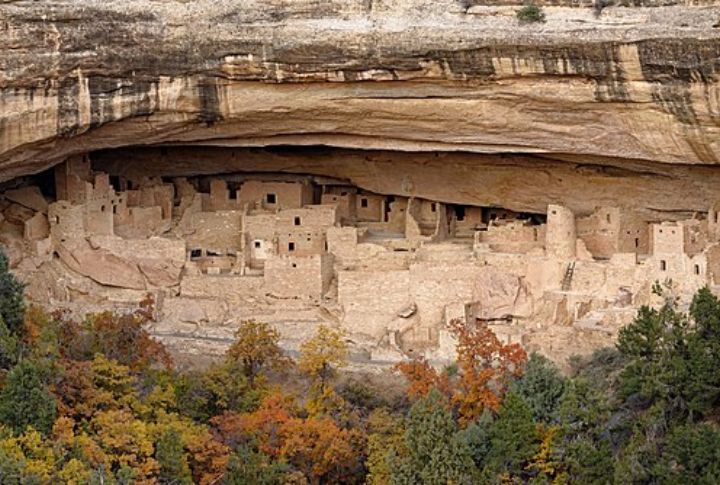
Towering walls meet the cliff’s embrace at Cliff Palace, home to over 150 rooms and 23 ceremonial kivas. Built around 1190 CE, it held a bustling community. Storage placements and kiva clustering reveal how social rank and ritual access shaped its internal layout.
Balcony House: Mesa Verde National Park, Colorado
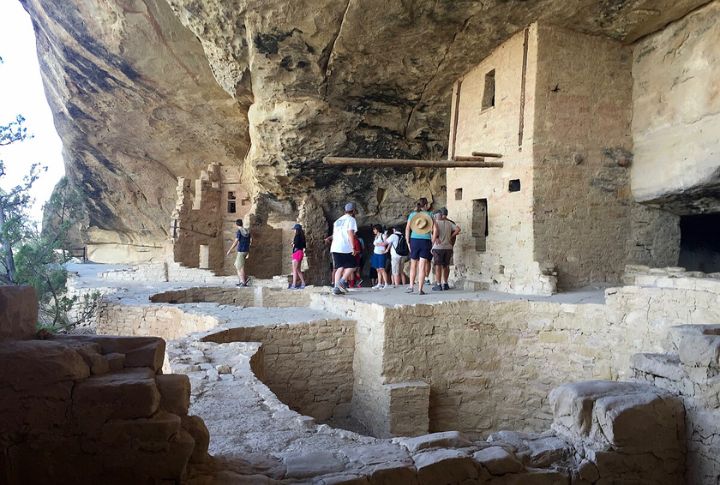
To reach Balcony House, which was built in 1200 CE, you’ll climb ladders and crawl through tunnels. Defensive elements dominate here, like narrow entries and sightlines that once allowed residents to spot intruders long before they reached the dwelling.
Mesa Long House: Mesa Verde National Park, Colorado
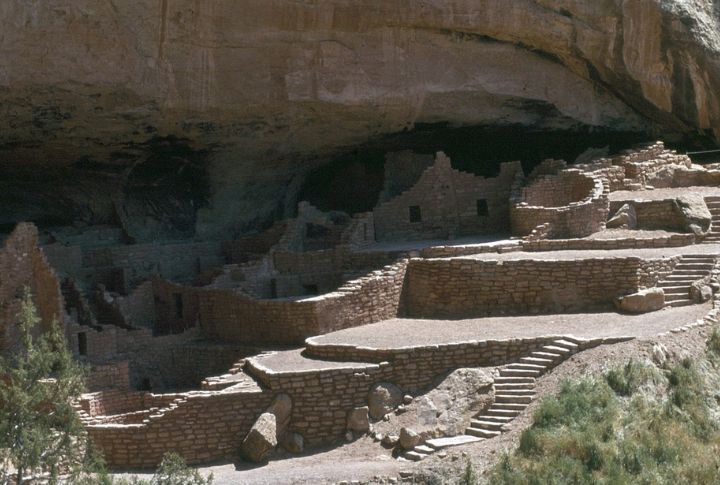
Communal spaces stretch across Mesa Long House, the second-largest dwelling in the park. Around 750 years ago, builders shaped this site with open plazas and kivas. A partly dug-up trash pile revealed broken pottery pieces that hint at food-sharing practices and strong inter-household relationships.
Spruce Tree House: Mesa Verde National Park, Colorado
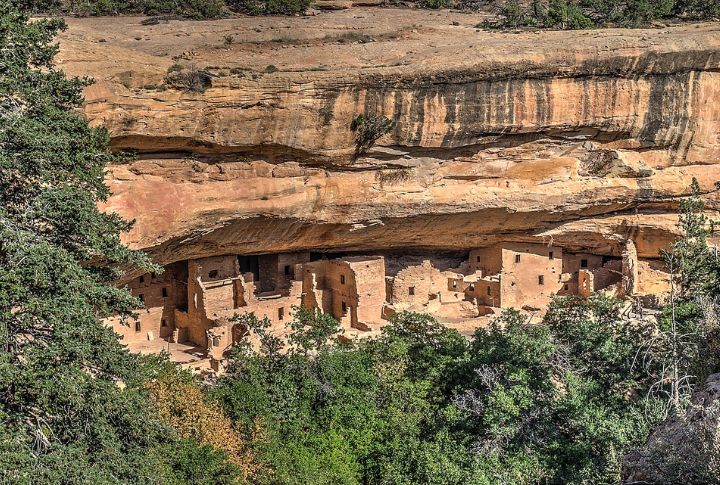
Located beneath a protective sandstone ledge, Spruce Tree House showcases everyday Puebloan life through 130 rooms and well-preserved kivas. Constructed in the 13th century, it sheltered around 70 people. Its intact roof beams helped date construction phases through dendrochronology.
Alcove House: Bandelier National Monument, New Mexico
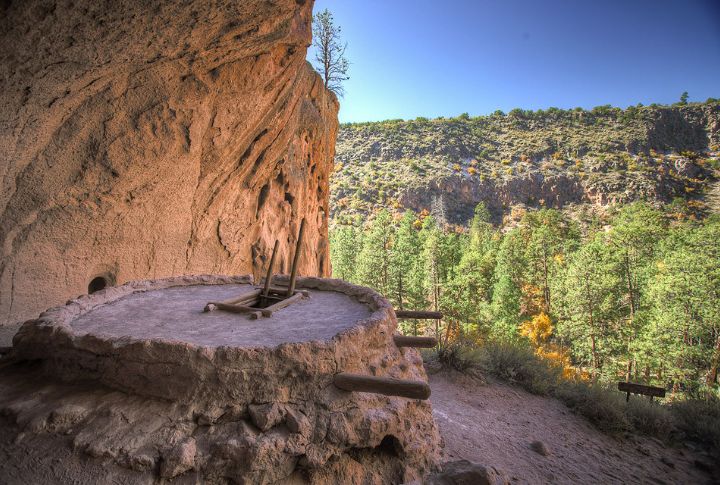
Ladders lead you to Alcove House, perched 140 feet above the canyon floor. Inside the cave, a reconstructed kiva hints at sacred gatherings. Burned corn cobs and blackened walls show where people once cooked and shared stories beneath a low, rounded rock ceiling.
Bandelier Long House: Bandelier National Monument, New Mexico
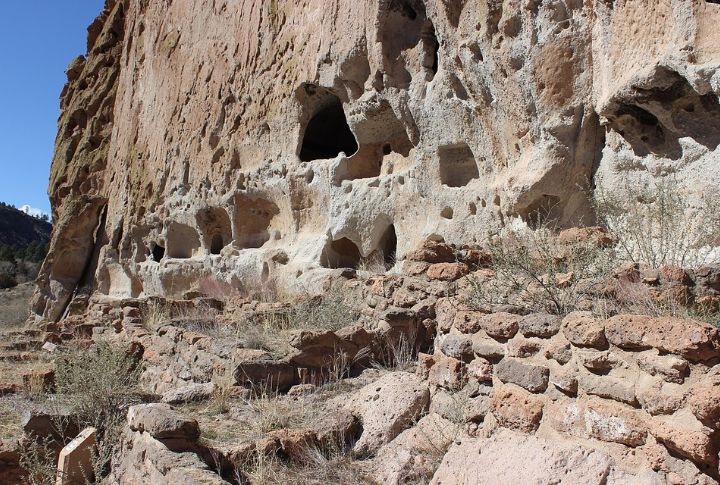
Petroglyphs etched into the cliff’s face still whisper stories of those who lived here. Bandelier’s Long House stretches over 800 feet, and one segment shows faded ladder holes aligning with adjacent cavates. It confirms these shelters formed vertical housing networks, not just isolated chambers.
Puye Cliff Dwellings: Near Espanola, New Mexico
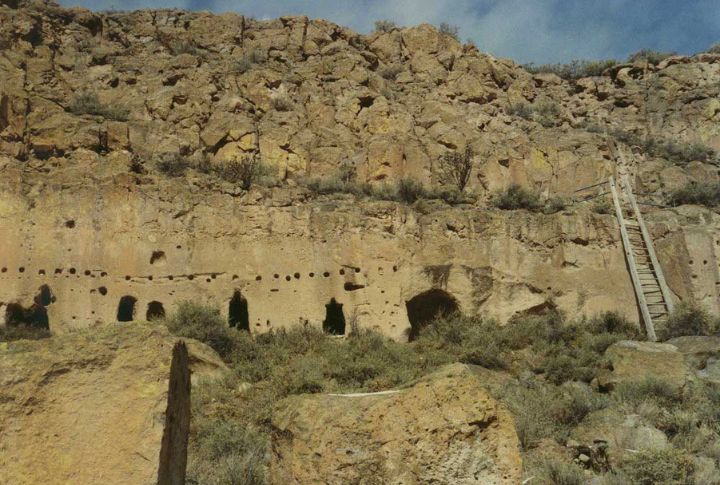
Two stories carved into volcanic tuff—these dwellings blend cliff and mesa architecture with ease. The Tewa-speaking ancestors occupied this site from the late 900s to 1580 CE. Water diversion features nearby reveal sophisticated planning for channeling runoff into reservoir basins during dry months.
Gallo Cliff Dwelling: Chaco Culture National Historical Park, New Mexico
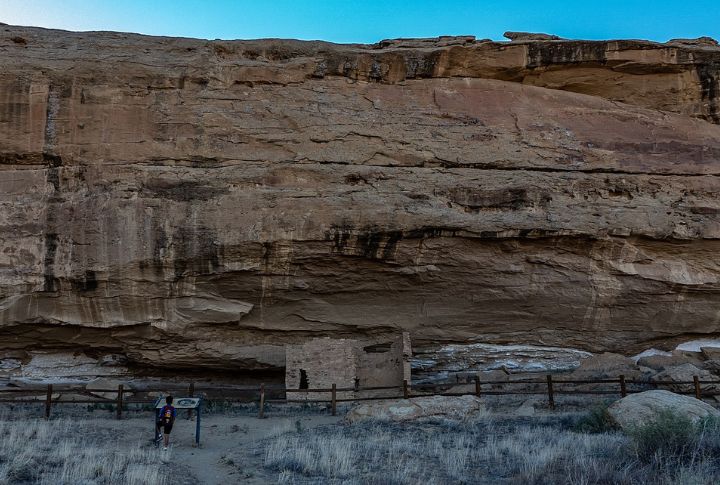
Hidden near the campground, Gallo Cliff Dwelling is easy to miss but rich in detail. Built during the Chacoan period, it shows off their signature masonry. Chaco-style stone walls can be seen here in smaller form—a sign that ideas from the Chaco spread here, too.
Tsankawi: Bandelier National Monument, New Mexico
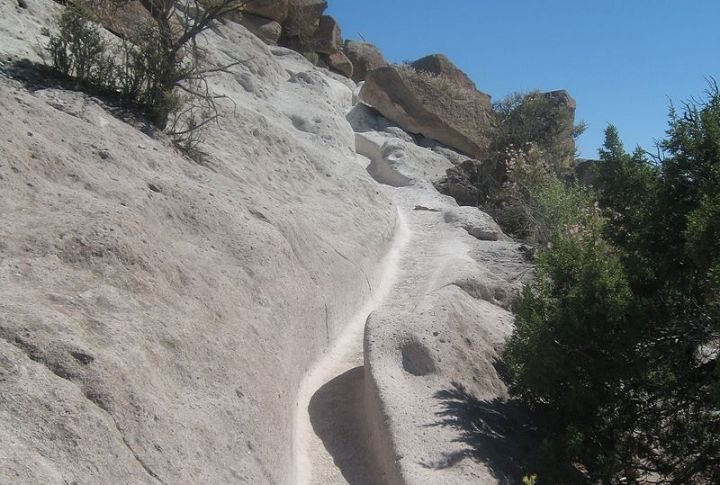
Footpaths etched into soft rock tell a different story at Tsankawi. Unlike towering dwellings, this place reveals how movement shaped life. Deep-worn trails show migration patterns between dwellings and fields and prove that daily routine left just as permanent a mark as architecture.
Moon House: Cedar Mesa, Utah
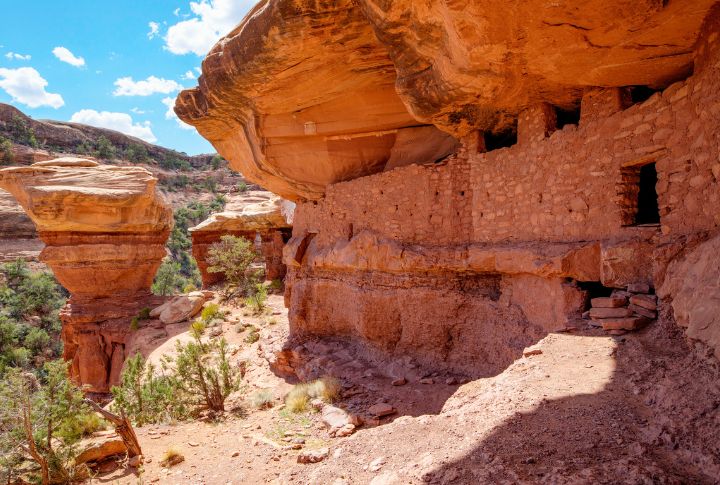
At Moon House, every room tells its own tale. Built by the Kayenta branch of the Ancestral Puebloans, this 49-room site includes defensive design and crescent-symbol pictographs. Archaeologists discovered blocked doorways, which suggest internal conflict or control strategies uncommon in less fortified sites.

